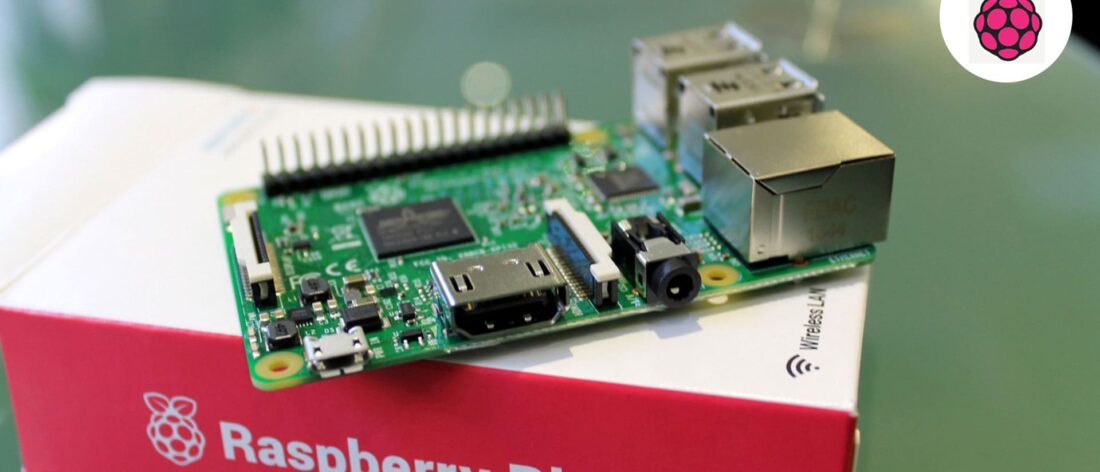Have you ever thought to create your personal hotspot with Raspberry Pi? Well, you can create a second Wi-Fi network in addition to your primary network simply by plugging a Raspberry Pi into an available Ethernet port. There can be various reasons to turn the Raspberry Pi into a Wi-Fi hotspot. You can use your Raspberry Pi as a DIY travel router while you are on the road, in hotel rooms or campus to have a faster private wireless connection. Also, you can create a private hotspot to exchange files within a small company, and so on. Let’s see how you can use a Raspberry Pi to create the hotspot:
What do you need to create a Wi-Fi hotspot with Raspberry Pi?
You will need the following hardware to create the hotspot:
- Raspberry Pi 3
- A microSD card with Kali Linux
- A Power Supply
- An Ethernet cable
Install HostAPD & Update the OS:
Follow these steps to install the HostAPD software in order to create a Wi-Fi hotspot with Raspberry Pi:
- First of all, install the Raspbian on your Raspberry Pi
- Now plug in the Raspberry Pi to your wireless router by using the Ethernet cable.
- Take control of your raspberry either with a keyboard directly or through SSH.
- Make sure that the internet connection of the Raspberry remains available to create the hotspot.
- Next, go to the Raspberry terminal and run the given commands.
- Install the hostAPD software and its interface too.
Connect to your Wi-Fi hotspot:
- When the installation of hostAPD software is complete, the Raspberry Pi restarts automatically.
- Now you will see a “Raspi-webgui” network in the list of available networks.
- If the network does not appear on your screen, then find the IP address of the Raspberry Pi.
- Next, connect to the Raspberry IP via a web browser.
- After that, select the “Configure Hotspot” section.
- Next, change the “Wireless Mode” field.
- Now you can see the Raspi-webgui network.
- Enter the password and connect to it.
It is a good idea to reboot the Raspberry Pi along with Sudo to make sure everything works properly. You need to make sure that the Pi is connected to Ethernet. Now connect to the Pi’s hotspot again and try to access the internet.
So this is all about creating a hotspot with the Raspberry Pi. Thanks for reading this article. If you have any queries, please leave a comment in the given comment section. For more updates, stick around on routerloginsupport.com.






